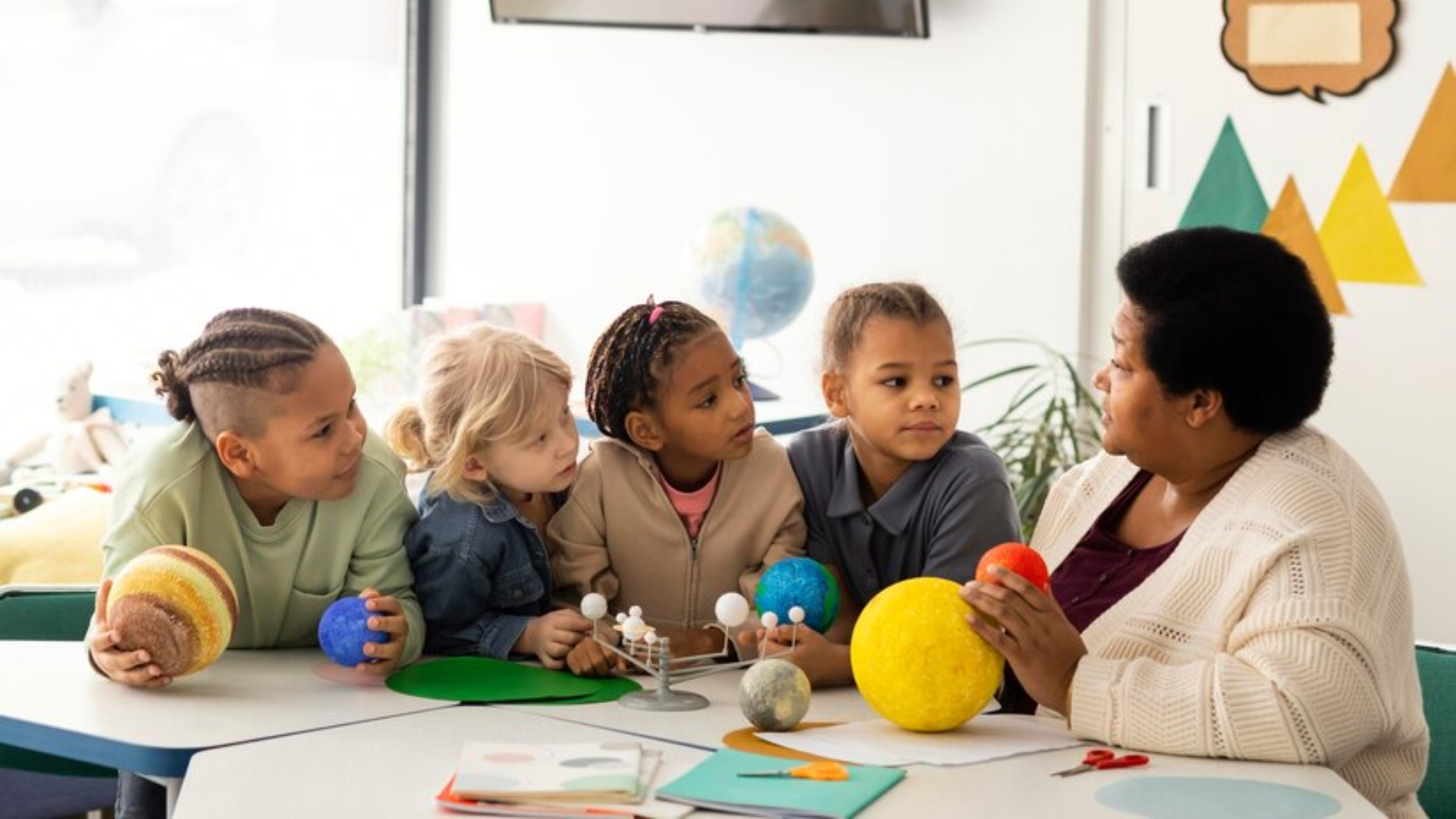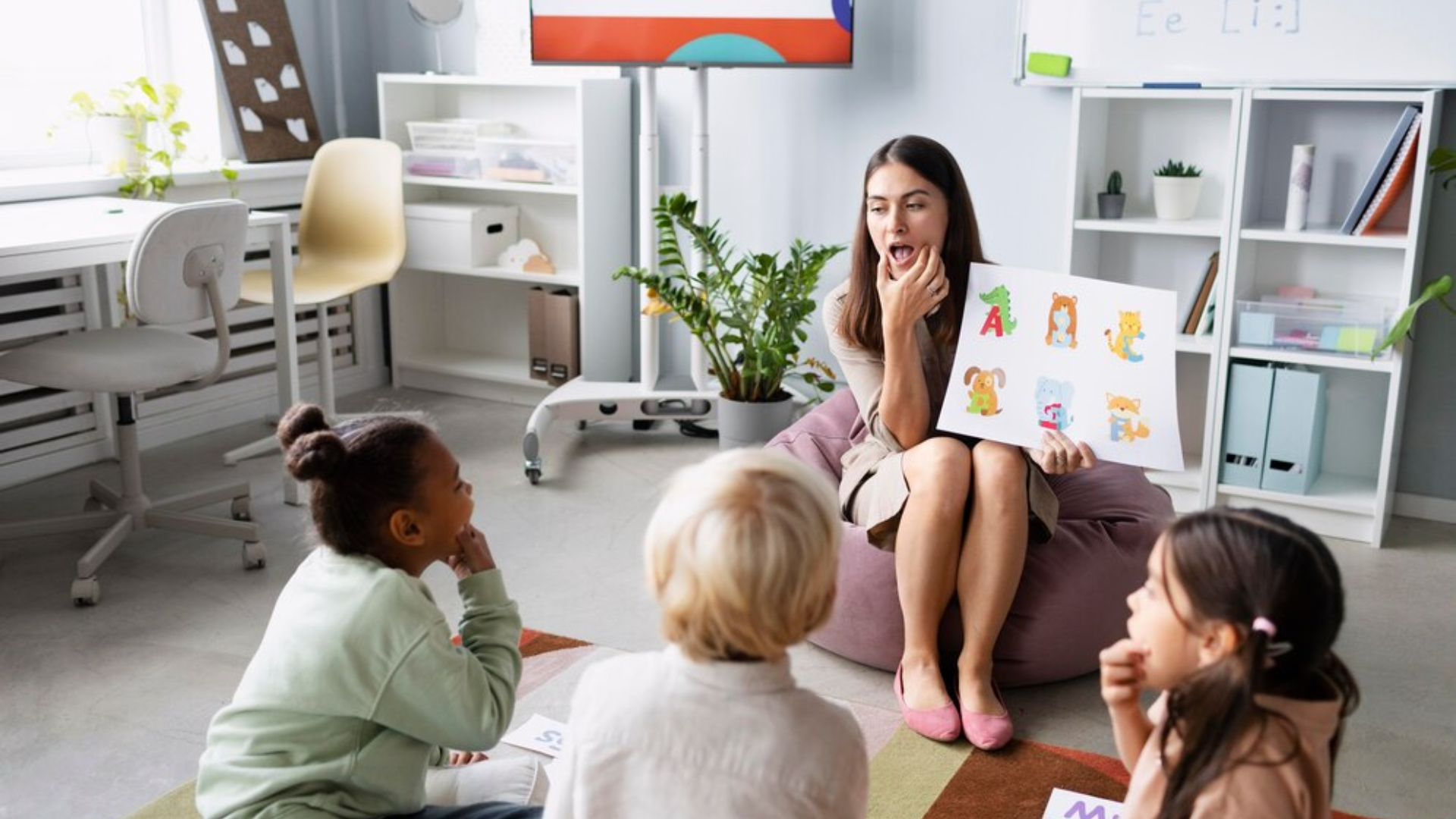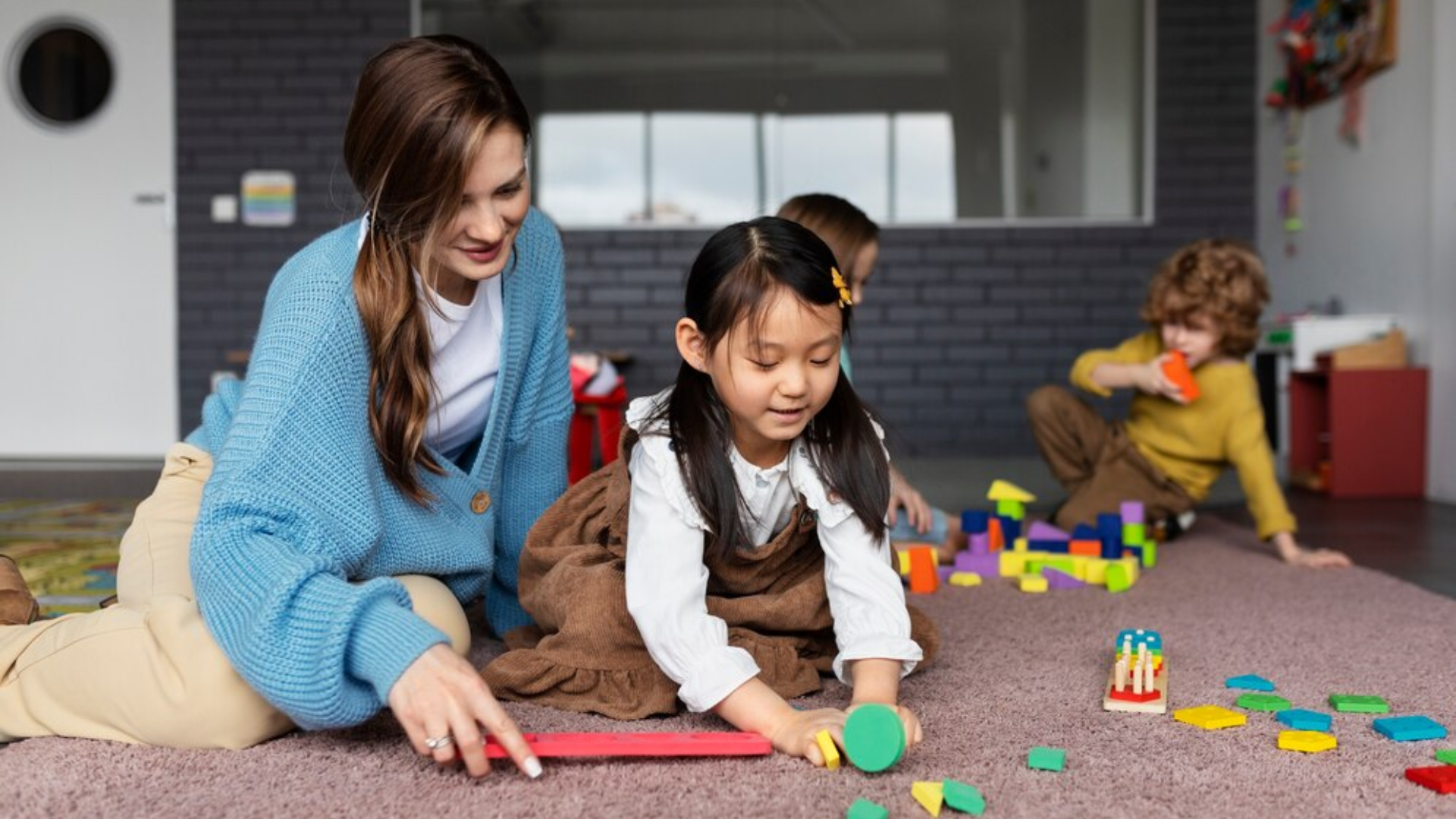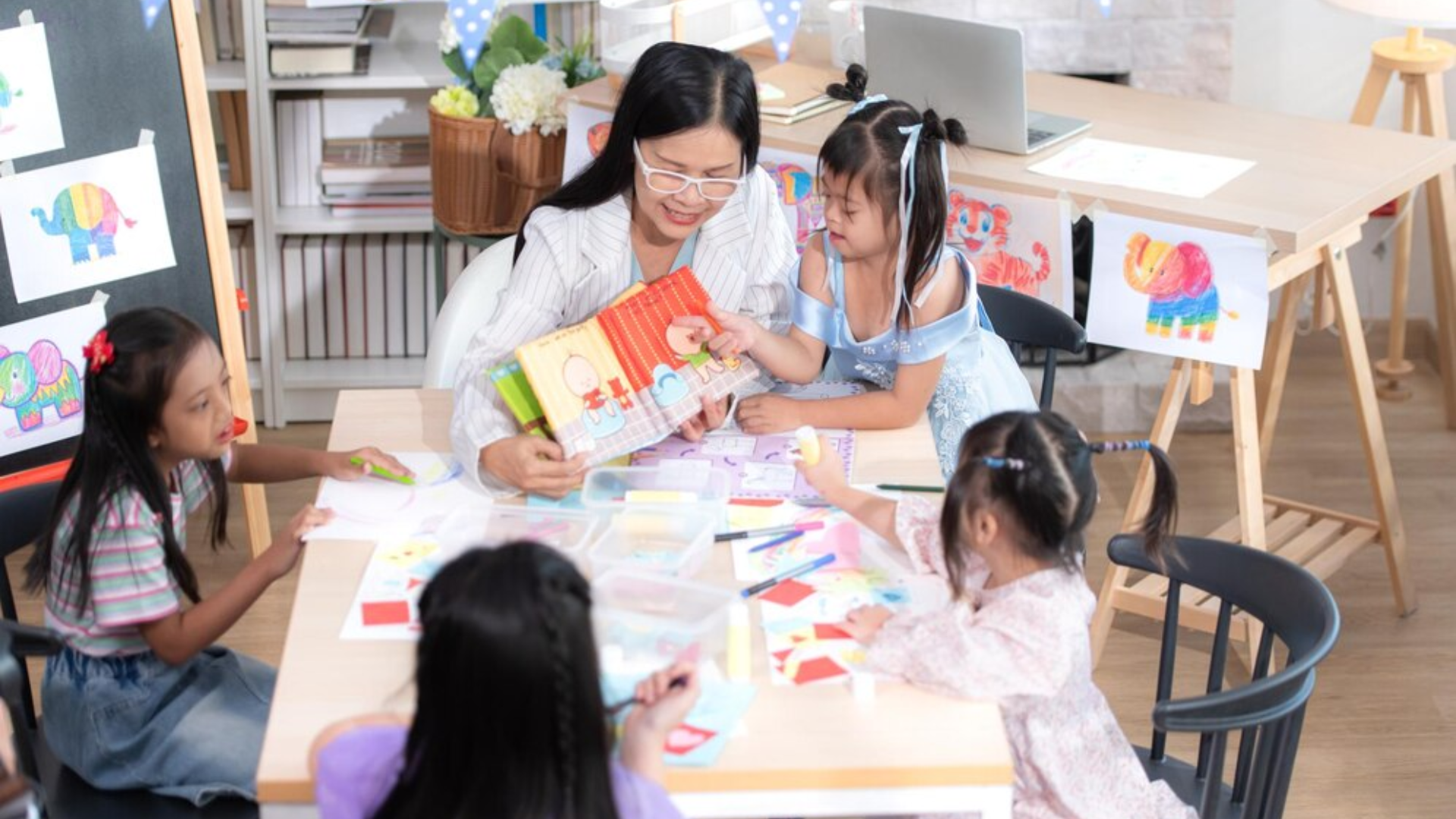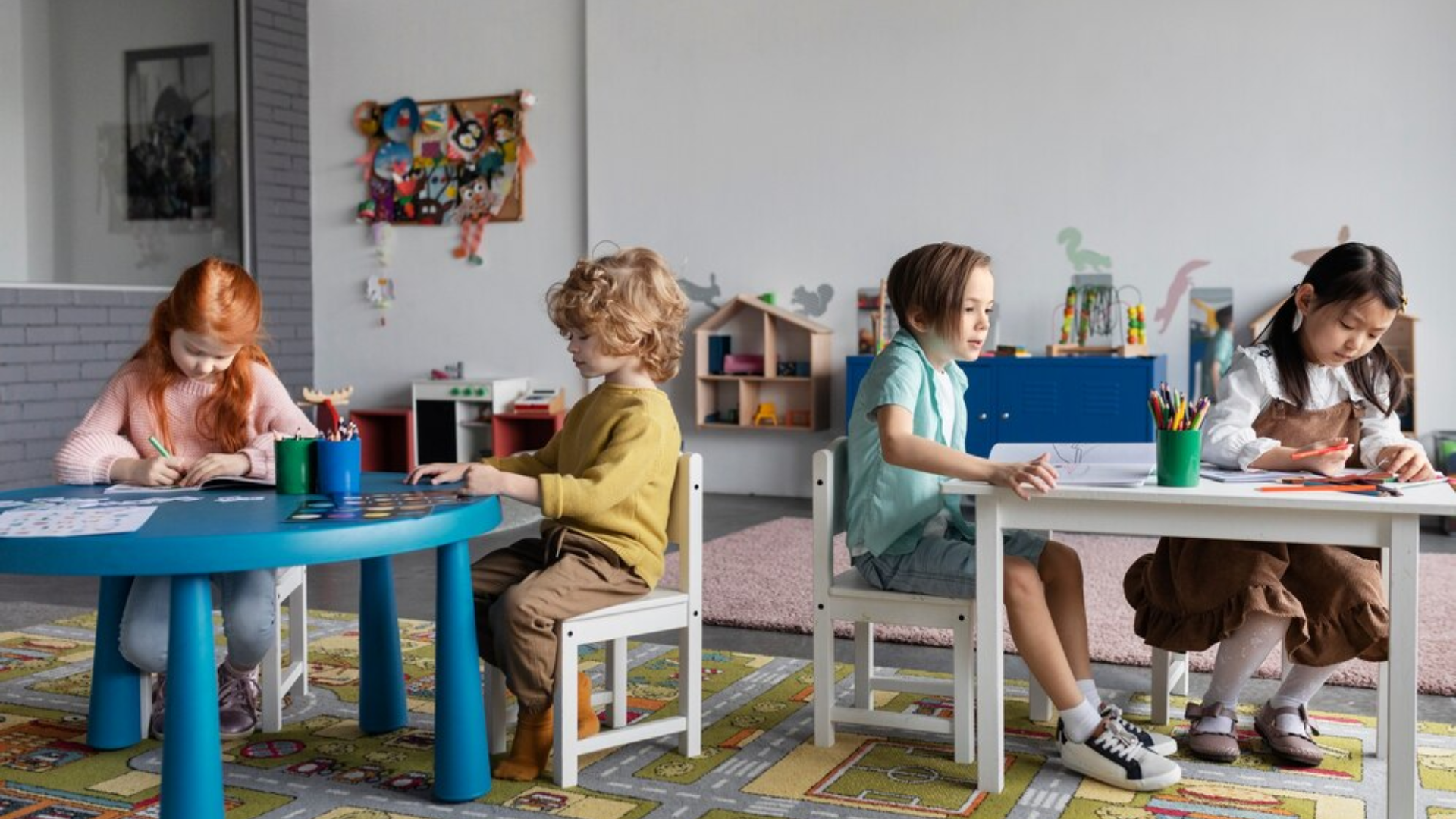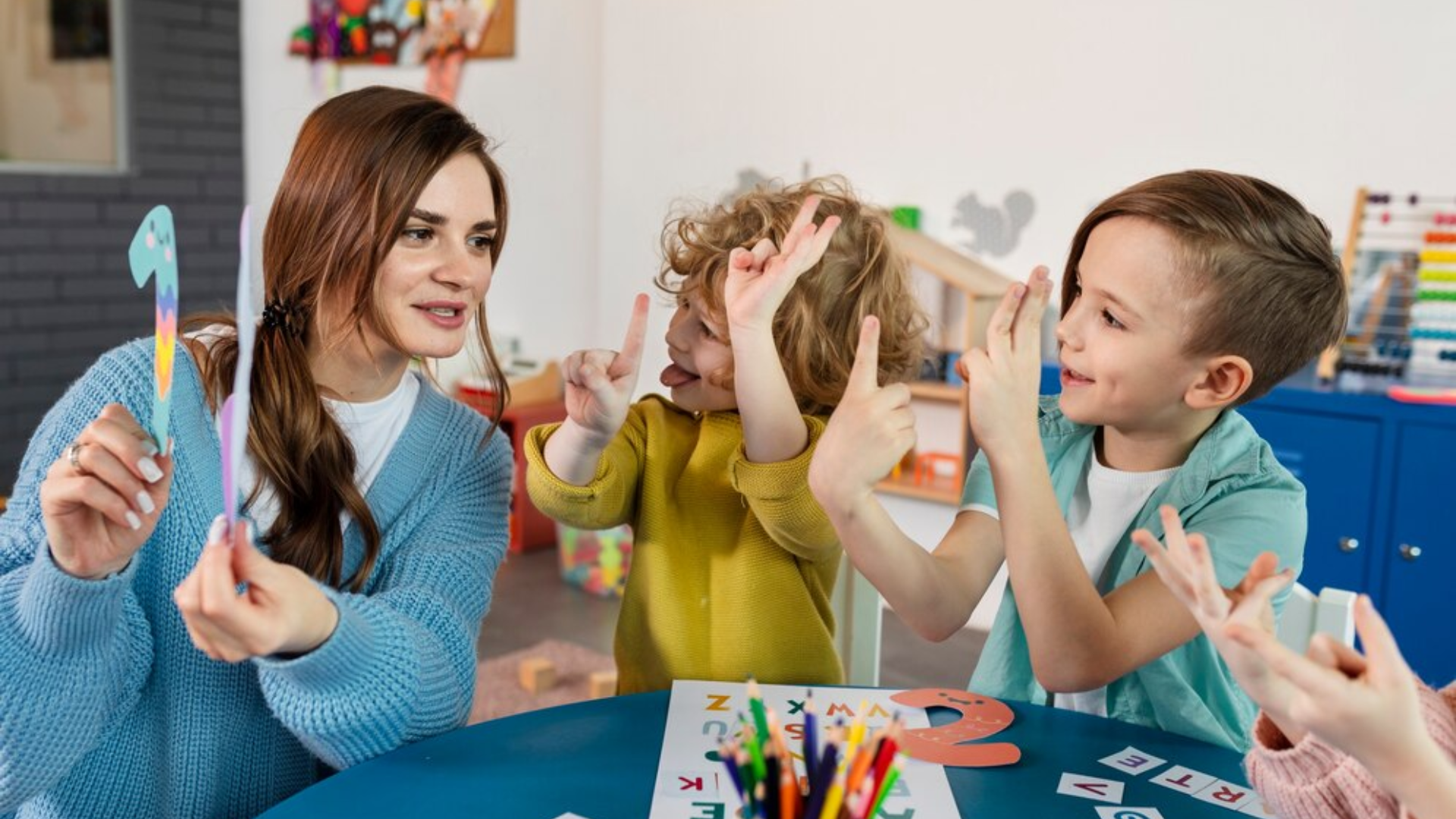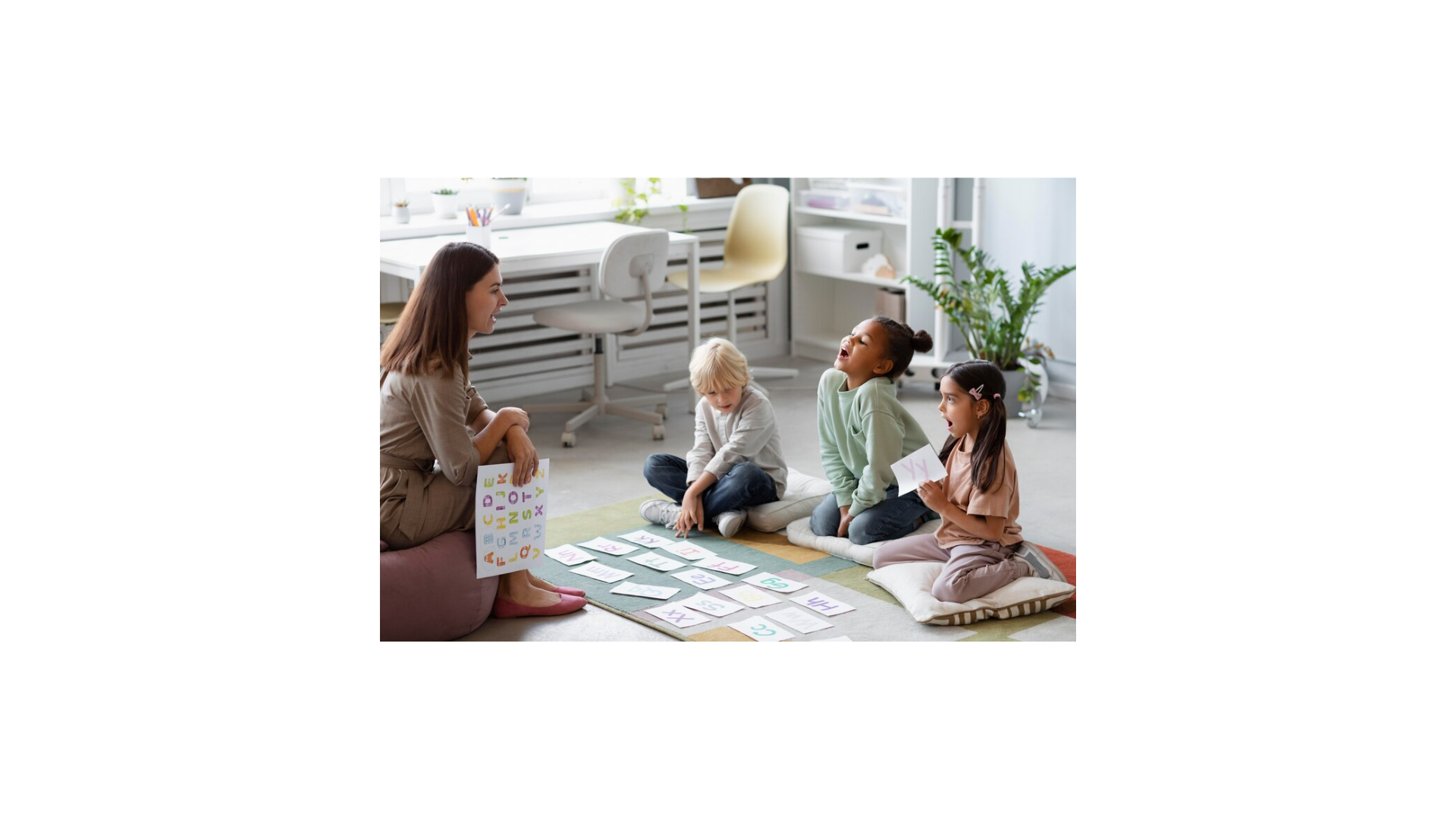How The Learning Tree’s Enrichment Activities Foster Cognitive Development
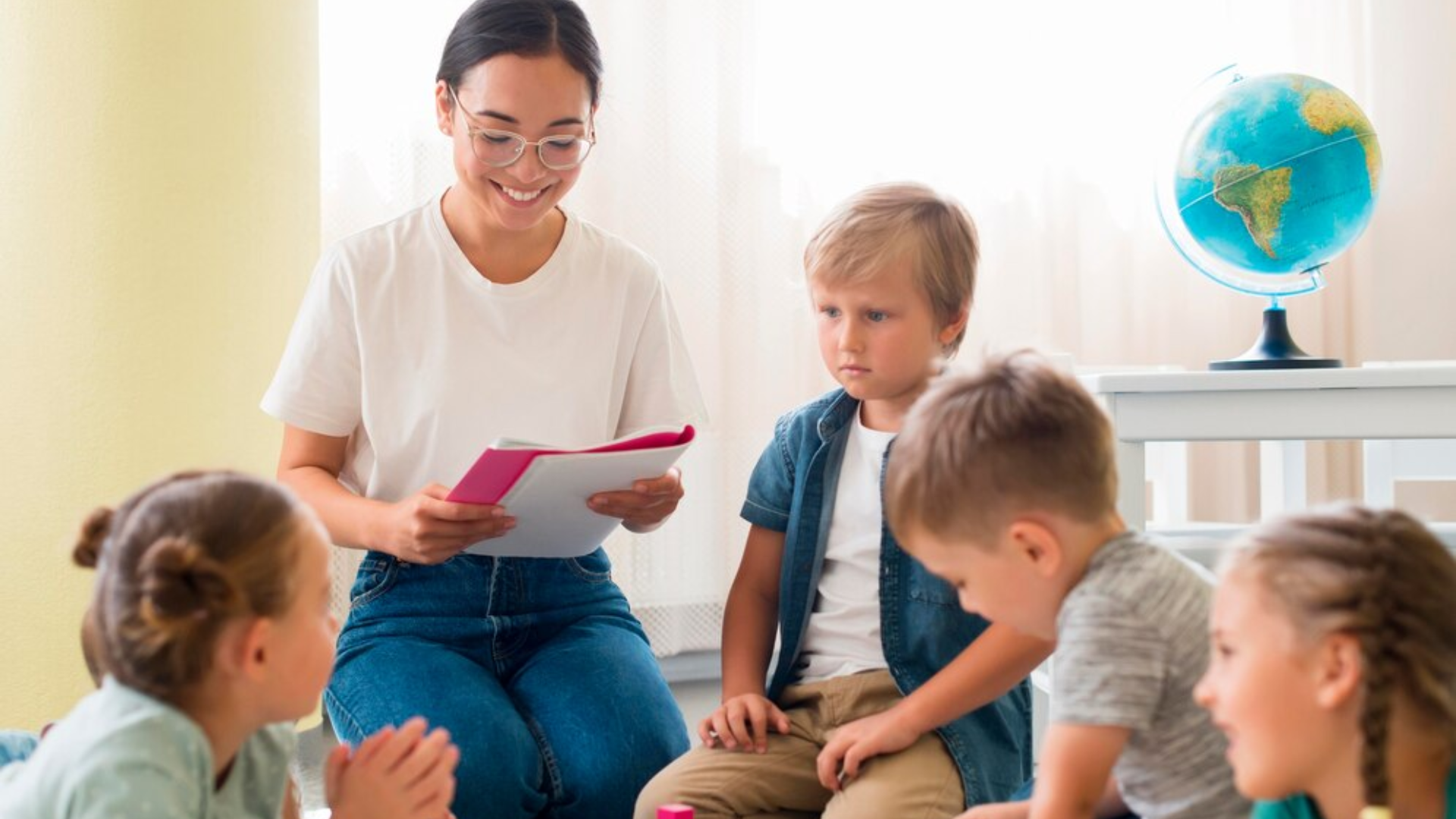
At The Learning Tree of Palm Bay, we understand that cognitive development during the early years is critical to a child’s overall growth and academic success. The preschool years are a time when the brain is most receptive to learning, and the activities children engage in play a pivotal role in shaping their cognitive abilities. This is why we place such a strong emphasis on enrichment activities that stimulate and challenge young minds, laying the groundwork for future learning.
In this blog post, we will explore how the enrichment activities at The Learning Tree are specifically designed to foster cognitive development, enhance problem-solving abilities, and promote creativity, ultimately setting the stage for success both inside and outside of the classroom.
1. Hands-On Learning Experiences: Building Connections in the Brain
Why It Works:
Hands-on learning, or experiential learning, is one of the most effective ways to stimulate cognitive development. When children actively engage in learning through touch, movement, and exploration, they create stronger neural connections in the brain. These connections help improve memory, enhance problem-solving skills, and foster a deeper understanding of the concepts they encounter.
How It Works at The Learning Tree:
At
The Learning Tree, we incorporate a variety of hands-on activities into our daily curriculum. From sensory play with textures and colors to building blocks and puzzles, our enrichment programs encourage children to explore and learn through direct experience. These activities engage multiple senses and activate different parts of the brain, helping children make connections between their ideas and the world around them. For example, children might experiment with water and sand to learn about cause and effect or build structures with blocks to understand balance and spatial relationships.
Learning Outcomes:
- Stronger neural connections and cognitive pathways
- Improved memory, focus, and attention span
- Enhanced problem-solving and critical thinking skills
2. Music and Movement: Stimulating Brain Function and Creativity
Why It Works:
Research has shown that music and movement are powerful tools for stimulating brain function and enhancing cognitive development. These activities improve coordination, strengthen memory, and promote creativity. Music, in particular, helps children develop auditory discrimination skills, an important foundation for language development and reading readiness.
How It Works at The Learning Tree:
We offer a range of enrichment activities that integrate music and movement into the daily routine. Children participate in singing, dancing, and rhythm exercises, which help develop their motor skills, auditory processing, and memory. These activities also foster creativity, allowing children to express themselves freely and think outside the box. By combining music and movement, we stimulate both hemispheres of the brain, which is essential for developing well-rounded cognitive abilities.
Learning Outcomes:
- Improved auditory discrimination and language skills
- Enhanced memory and recall through rhythm and repetition
- Increased creativity and self-expression
3. Problem-Solving and Critical Thinking Activities: Sharpening Cognitive Skills
Why It Works:
Problem-solving and critical thinking are core components of cognitive development. When children are given opportunities to solve problems and think critically, they learn how to analyze situations, explore solutions, and make decisions. These skills are essential for academic success, as well as for navigating everyday challenges.
How It Works at The Learning Tree:
Our enrichment activities are designed to encourage children to think critically and solve problems. Whether it’s through puzzles, building challenges, or science experiments, children are constantly presented with opportunities to analyze situations, test ideas, and make decisions. For instance, a child might be asked to figure out how to balance a tower of blocks, or they may explore simple scientific concepts by observing the behavior of plants or animals. These activities help children build the cognitive flexibility necessary for academic and personal success.
Learning Outcomes:
- Enhanced problem-solving abilities and logical thinking
- Development of critical thinking and decision-making skills
- Increased ability to analyze situations and consider multiple perspectives
4. Creative Play: Encouraging Cognitive Flexibility and Imagination
Why It Works:
Creative play is not just fun; it’s also an essential part of cognitive development. When children engage in imaginative play, they use their creativity to solve problems, build scenarios, and make connections between abstract ideas. Creative play helps children develop cognitive flexibility, which is the ability to adapt their thinking and approach to different situations.
How It Works at The Learning Tree:
At
The Learning Tree, we provide children with ample opportunities for creative play. Whether it’s role-playing in the dramatic play area, building with blocks, or creating art projects, children are encouraged to use their imagination and creativity. These activities allow them to experiment with different scenarios, explore new ideas, and think outside the box. For example, a child might create a pretend store where they practice counting money and exchanging items, or they might design a building with blocks, learning about architecture and spatial relationships in the process.
Learning Outcomes:
- Increased cognitive flexibility and adaptability
- Enhanced creativity and imaginative thinking
- Improved ability to think critically and solve problems in novel ways
5. Language-Rich Environment: Strengthening Communication and Cognitive Skills
Why It Works:
A language-rich environment is essential for cognitive development. Language skills are deeply connected to cognitive functions like memory, attention, and problem-solving. The more exposure children have to new vocabulary and complex language, the better prepared they are for reading and writing, which are crucial components of academic success.
How It Works at The Learning Tree:
We create a language-rich environment by incorporating storytelling, singing, and group discussions into our daily activities. Children are exposed to new vocabulary words, concepts, and ideas through books, songs, and conversations with their teachers and peers. We also encourage children to express themselves verbally, helping them build communication skills and gain confidence in their ability to articulate ideas. Whether they’re describing a picture, sharing a story, or asking questions, children are constantly developing their language skills, which in turn enhances their cognitive development.
Learning Outcomes:
- Expanded vocabulary and communication skills
- Improved listening comprehension and verbal expression
- Stronger foundation for reading and writing development
6. Sensory Play: Enhancing Cognitive Connections and Problem-Solving Skills
Why It Works:
Sensory play involves activities that engage one or more of a child’s senses—sight, touch, smell, taste, and hearing. Sensory play helps children develop cognitive connections by encouraging exploration and problem-solving. It also enhances fine motor skills, spatial awareness, and memory, all of which are critical for academic success.
How It Works at The Learning Tree:
At
The Learning Tree, we incorporate sensory activities into our daily curriculum. Whether it’s exploring textures with playdough, experimenting with water and sand, or observing nature, sensory play helps children make connections between their senses and the world around them. For example, children may explore the properties of water by pouring, splashing, and measuring, which introduces them to basic scientific concepts. These activities stimulate cognitive development by challenging children to think critically and problem-solve in a hands-on way.
Learning Outcomes:
- Enhanced sensory processing and fine motor skills
- Improved memory and attention to detail
- Stronger problem-solving abilities and critical thinking
At The Learning Tree, we understand that preschool is the foundation of academic success, as it builds essential cognitive skills that will support future learning. Coupled with our focus on preparing your child for social success, we ensure your child is equipped with the academic knowledge and social skills needed to thrive in school and beyond. Together, these experiences foster a well-rounded, confident learner ready to take on new challenges.
Conclusion: Setting the Stage for Lifelong Learning
At The Learning Tree of Palm Bay, we believe that cognitive development is a continuous, dynamic process that begins in the early years. Through our carefully designed enrichment activities, children are encouraged to explore, think critically, and engage in hands-on learning experiences that stimulate brain growth and foster problem-solving abilities. Whether through music, creative play, sensory activities, or language development, our enrichment programs provide the foundation for future academic success.
We are committed to providing a nurturing and stimulating environment where children can thrive cognitively, emotionally, and socially. By focusing on cognitive development during these critical years, we prepare children for a lifetime of learning, exploration, and achievement.
If you're interested in learning more about how The Learning Tree can support your child's cognitive development, we invite you to visit our website or schedule a tour to see our enriching programs in action.
